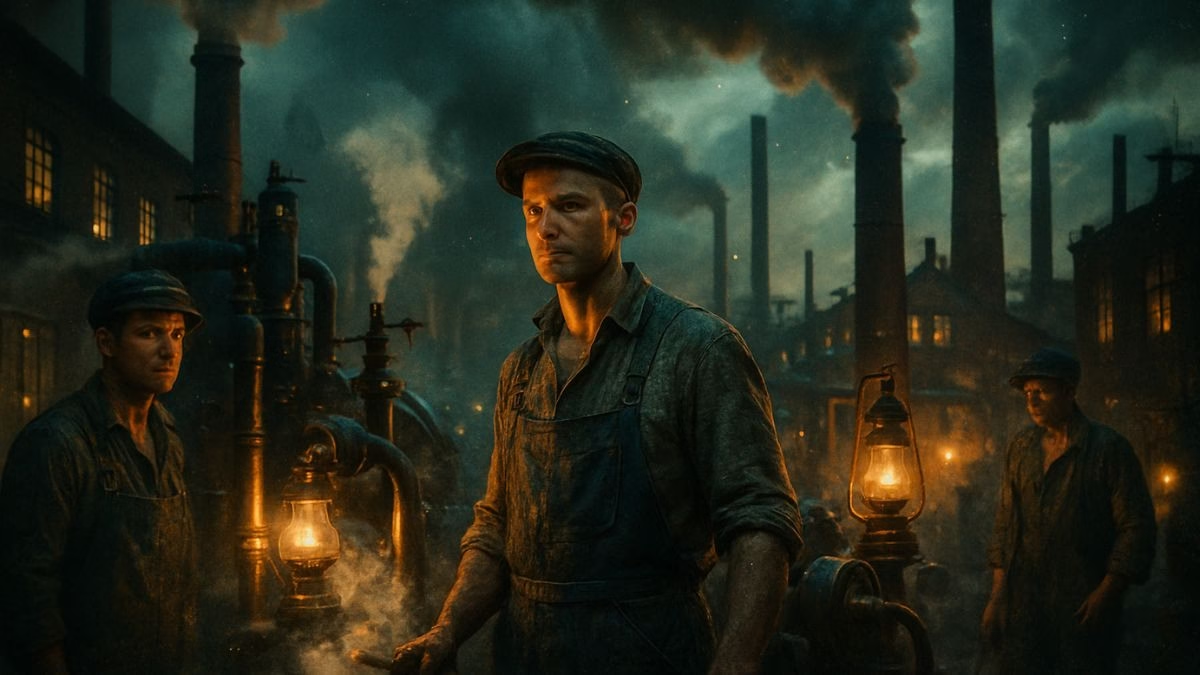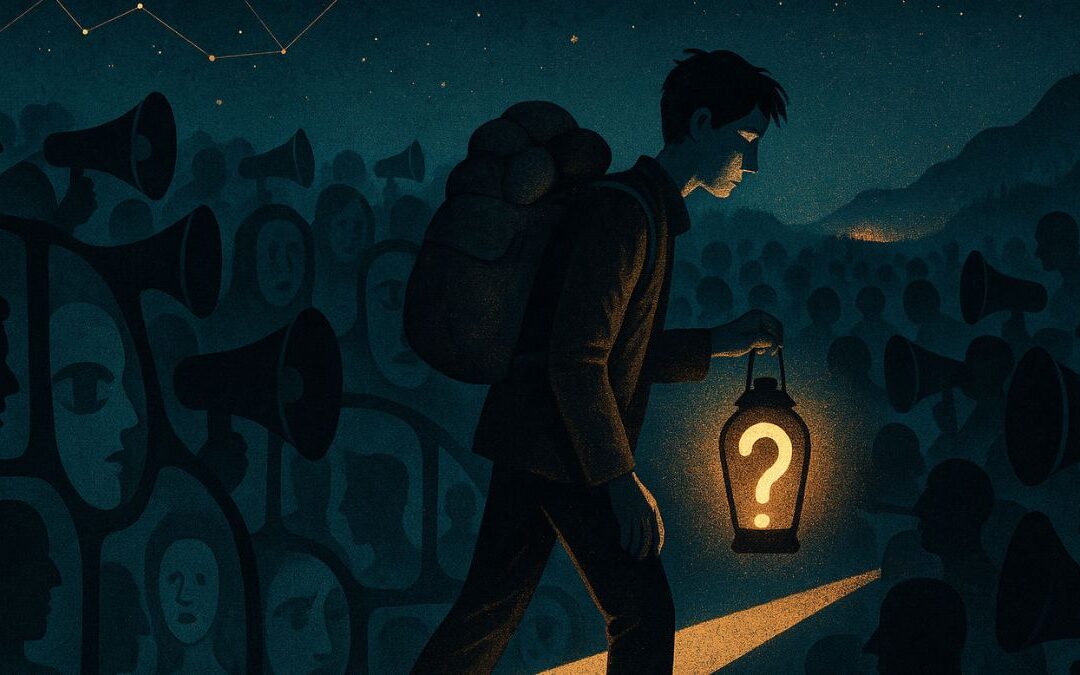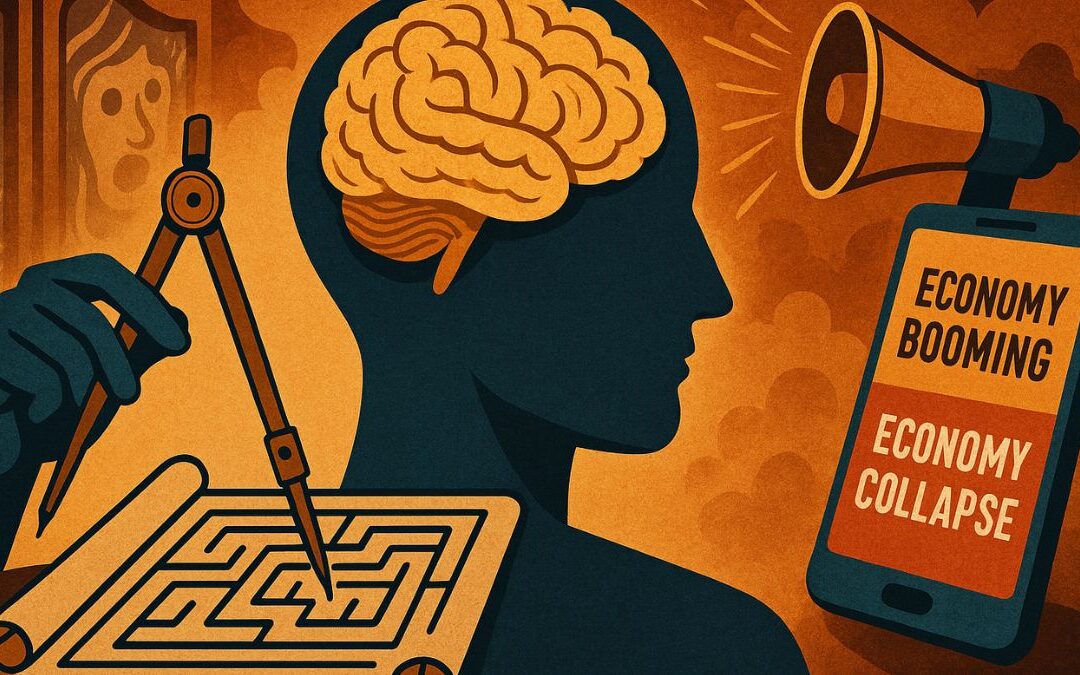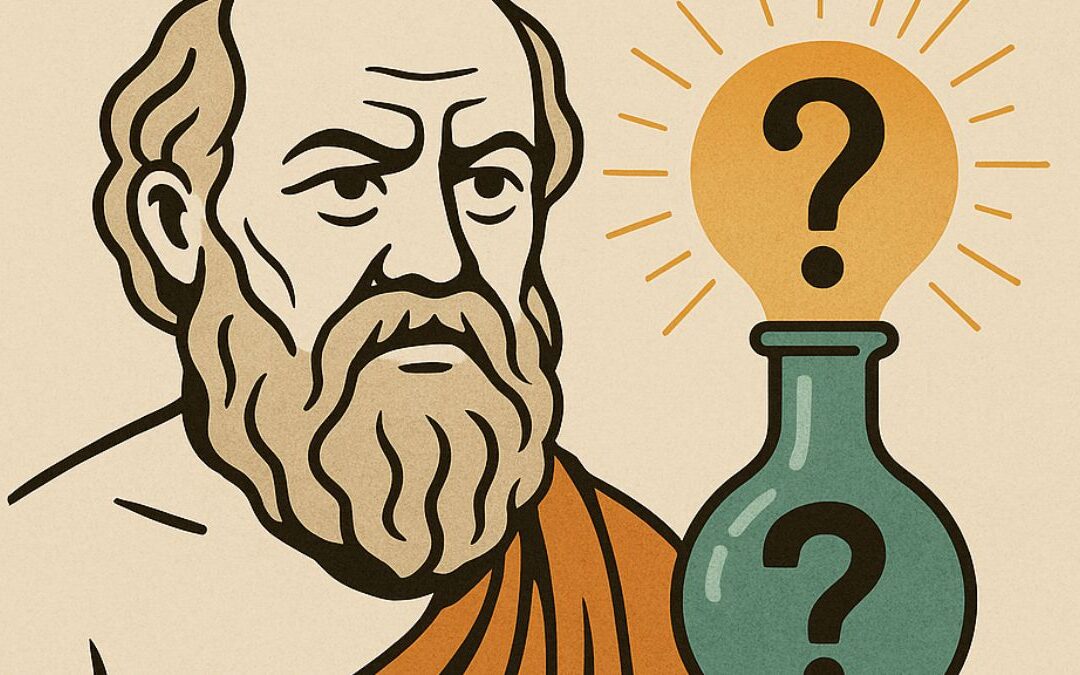Boost Your Reading Skills
Welcome to your final reading practice! This passage covers a major historical event, the Industrial Revolution. History-based texts on your exam will require you to understand cause and effect, track largescale societal changes, and comprehend the author’s analysis of both positive and negative outcomes.
To maximize your score, use these targeted strategies:
- Track the Transformation: The central theme is transformation. As you read, create a “Before” and “After” list in your head. For example: Before, society was agrarian and rural. After, it became industrial and urban. This will help you organize the massive changes described.
- Identify Cause-and-Effect Chains: The passage explains how one innovation led to another. For example, the steam engine led to factories, which led to urbanization. Tracing these chains is crucial for understanding the author’s argument.
- Note the Nuance (Pros and Cons): The author presents the Industrial Revolution as a double-edged sword with both significant benefits (economic growth) and severe drawbacks (poor living conditions). Pay close attention to the language used to signal this contrast, such as “however,” “on the other hand,” and “while.”
- Time Yourself Strictly: History passages can be dense with facts. It’s vital to practice efficient reading. Give yourself a strict 20-minute limit for the entire exercise. Spend no more than 8 minutes reading and internalizing the passage, then allocate the remaining 12 minutes to the questions.
Let’s step back in time to explore a revolution that reshaped the world.
Reading Passage
The Industrial Revolution, a period of profound technological and societal transformation that began in Great Britain in the late 18th century, represents one of the most significant turning points in human history. It marked the transition from agrarian, handicraft-based economies to economies characterized by machine-based manufacturing, industrial production, and the factory system. This was not merely a change in how goods were made; it was a fundamental reorganization of society itself, precipitating massive demographic shifts and creating new social structures, classes, and challenges that continue to resonate in the modern era.
At the heart of the revolution was a series of technological innovations. The invention of the steam engine by James Watt is arguably the most iconic, providing a new source of power that liberated factories from their reliance on water wheels. This, in turn, fueled the growth of the textile industry, which was revolutionized by machines like the spinning jenny and the power loom. These inventions dramatically increased the efficiency and scale of production, making goods more plentiful and affordable. Concurrently, advancements in metallurgy, particularly in iron and steel production, were essential for building the new machines, railways, and bridges that formed the backbone of the industrializing world. This cascade of innovation created a self-reinforcing cycle: one invention created a need or an opportunity for another, leading to an explosive growth in technological capability.
The most conspicuous societal consequence of this industrialization was mass urbanization. As the factory system supplanted the domestic system of production, vast numbers of people migrated from rural, agricultural areas to burgeoning industrial centers in search of wage labor. This rapid, often unplanned, growth of cities led to deplorable living conditions for the new working class. Overcrowded tenements, unsanitary streets, and polluted air and water became hallmarks of industrial cities. A new social hierarchy emerged, starkly divided between the bourgeoisie—the new class of factory owners, industrialists, and bankers who accumulated unprecedented wealth—and the proletariat, or industrial working class, who often labored for long hours in dangerous conditions for meager wages.
While the Industrial Revolution brought about immense economic progress and laid the groundwork for modern prosperity, its social costs were profound. The period gave rise to new social and political ideologies that sought to address the stark inequalities it had created. Labor movements and trade unions formed to fight for better wages, hours, and working conditions. Thinkers like Karl Marx and Friedrich Engels developed critiques of capitalism that were directly inspired by the conditions of the industrial proletariat. In response, many governments eventually began to enact reforms, such as factory safety regulations, child labor laws, and public health initiatives. In this sense, the Industrial Revolution did not just forge a new economy; it also forged a new kind of state, one that was increasingly interventionalist and responsible for mitigating the social ills of industrial capitalism. It was a turbulent, transformative era that irrevocably set the world on its modern course.
Reading Quiz
Keywords & Phrases
Agrarian
Relating to cultivated land or the cultivation of land.
How we used it | We described the pre-industrial economy as “agrarian,” meaning it was based on farming and rural life.
Precipitate
To cause (an event or situation, typically one that is bad or undesirable) to happen suddenly, unexpectedly, or prematurely.
How we used it | The revolution “precipitated” massive demographic shifts, meaning it was the direct cause of these sudden and large-scale changes in population.
Resonate
To have a particular meaning or importance for someone; to affect or appeal to someone in a personal or emotional way.
How we used it | The challenges created by the revolution “continue to resonate in the modern era.” This means those old issues still have an impact and feel relevant to us today.
Concurrently
At the same time.
How we used it | We said that advancements in metallurgy happened “concurrently” with the growth of the textile industry. This means these two things were happening at the same time.
Cascade
A process whereby something, typically information or knowledge, is successively passed on.
How we used it | The passage describes a “cascade of innovation.” This creates an image of one innovation flowing into and causing the next, like a series of waterfalls.
Supplant
To supersede and replace.
How we used it | The factory system “supplanted” the domestic system. This is a formal way of saying that the factory system took the place of the older method of producing goods at home.
Burgeoning
Beginning to grow or increase rapidly; flourishing.
How we used it | People moved to “burgeoning industrial centers.” This means the cities were growing very quickly and rapidly expanding.
Hallmarks
A distinctive feature.
How we used it | Overcrowding and pollution became “hallmarks” of industrial cities. This means they were the most typical and distinguishing characteristics of these places.
Mitigating
To make (something bad) less severe, serious, or painful.
How we used it | Governments became responsible for “mitigating the social ills” of capitalism. This means their role was to lessen the negative effects and reduce the harm being caused.
Irrevocably
In a way that cannot be changed, reversed, or recovered.
How we used it | The revolution “irrevocably” set the world on its modern course. This emphasizes that the change was permanent and that there was no going back to the way things were before.











0 Comments